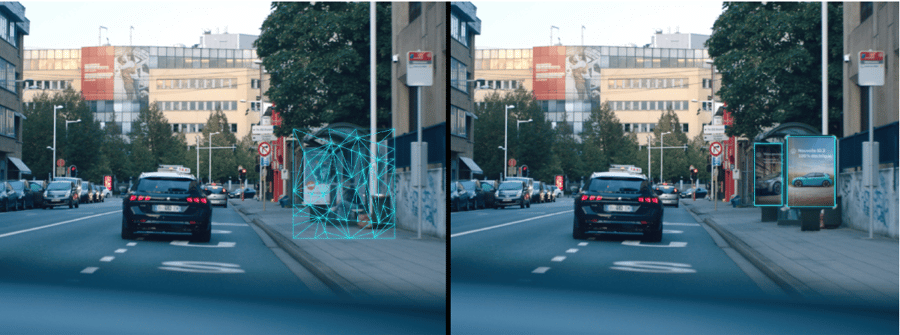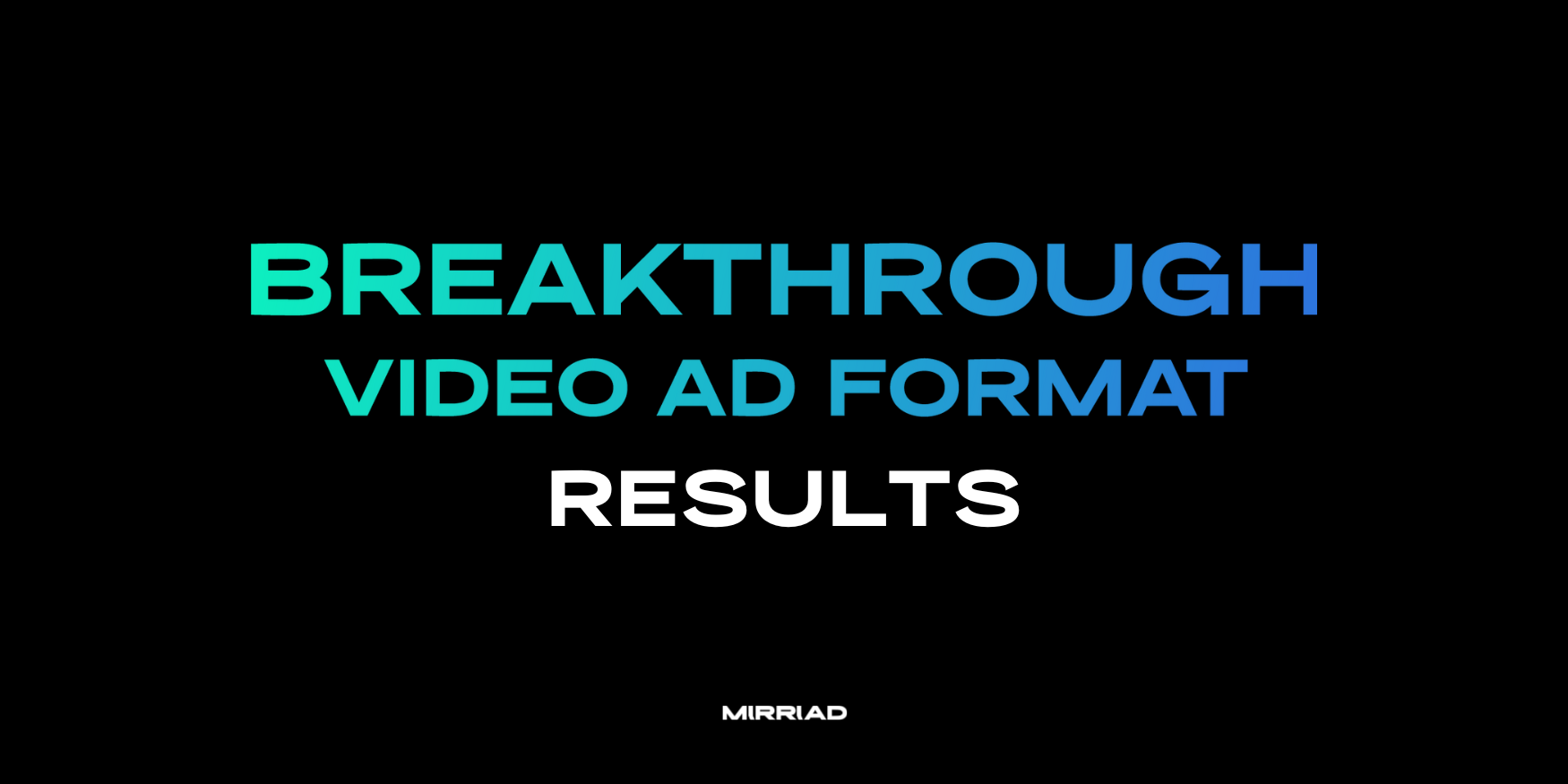Advertising budgets are continuously under pressure, so getting creative with campaigns and exploring new opportunities can be critical to reaching the right customers. If you’re keen to optimize your spending potential, you may have heard about virtual product placement as a possible strategy for success. But how effective is it really?
In this blog post, we’ll dive into what virtual product placement is - the advantages it offers over traditional approaches - how you can make it work successfully for your brand - and some inspiring examples of successful placements from brands around the world.
WHAT IS VIRTUAL PRODUCT PLACEMENT AND WHY IS IT BECOMING MORE POPULAR IN THE ADVERTISING WORLD?
Virtual product placement is quickly becoming an essential part of the marketing landscape. It refers to the practice of placing advertising or brand logos inside video games, movies, television shows, and streaming programming. The goal is to integrate the visuals in a way that’s unobtrusive and blends into the experience. In addition to traditional methods such as commercials and print ads, this approach offers companies more options for connecting with consumers.
Beyond visibility, virtual product placement can be leveraged to create subtle story elements to engage customers in an emotional way while targeting specific demographics and drawing attention to the product in the context of characters they’ve grown attached to over time.
An effective form of storytelling and quite useful for conveying larger messages around corporate branding efforts, virtual product placement should definitely be factored into any comprehensive advertising strategy designed to reach today’s digitally savvy audiences.
THE BENEFITS OF VIRTUAL PRODUCT PLACEMENT FOR COMPANIES
Companies are always looking for innovative ways to promote their products and services, and virtual product placement is quickly becoming increasingly popular. It offers advantages that traditional product placements do not - such as the ability to reach viewers in a narrative-style way, rather than simply being ‘bolted on’ to an existing program. As well as that, it also provides cost efficiency in a volatile media landscape – enabling companies to target specific audiences at a minimal cost.
Companies can also measure the effectiveness of virtual product placement far more accurately than with traditional placements – by gauging viewer engagement levels, allowing their campaigns to be fine-tuned over time to maximize success. All this combines to make virtual product placement one of the most powerful marketing tools available today.
EXAMINING RESEARCH TO PROVE THE EFFECTIVENESS OF VIRTUAL PRODUCT PLACEMENT
As technology and digital media become more prominent in today's culture, virtual product placement has become an increasingly popular way for brands to advertise. Companies have examined the influence of this strategy on audiences using a variety of methods, such as surveys, questionnaires, interviews, and cognitive assessments. Test results have shown improved recognition of virtual product placements, with people noting the products compared to those without the placement.
A recent study by Kantar found that signage using virtual product placement messaging inserted into in-language programming drove significant brand lift for advertisers. Virtual billboards in a program provide a blank canvas for messaging in a way that allows you to speak directly to your target consumer, not only in language but in culture as well.
With these findings proving its effectiveness, virtual product placement is likely to gain further visibility in the advertising industry.
STRATEGIES FOR INCREASING REACH AND ENGAGEMENT WITH VIRTUAL PRODUCT PLACEMENT
To increase reach and engagement with virtual product placement, the most important strategy is to target the right audience. You should leverage data insights about potential users based on age, location, interests, social media usage and behavior to understand who would most likely interact with or purchase a product as part of a virtual campaign.
Additionally, it is important to make sure that you are using visuals that stand out in order to capture attention and break through the noise of other advertising efforts. This can be accomplished through creating images and videos that are visually appealing and communicate key messages effectively.
Finally, make sure to use language that resonates with your intended audience in order for them to connect with your message and take action. Utilizing these strategies will help you gain greater reach and engagement when utilizing virtual product placement.
HOW TO MEASURE THE SUCCESS OF VIRTUAL PRODUCT PLACEMENT
Measuring the success of virtual product placement is key to understanding the effectiveness of marketing initiatives. It's important to look at metrics such as reach, impressions, engagement, and recall - all of which can indicate how well a product is embedded in a digital environment. These metrics often provide valuable insights into user perceptions and brand favorability when engaging with virtual product placements.
Ultimately, the goal is to take this data to inform future strategies and investments that are more likely to yield better results when it comes to virtual product placements.
WHAT DOES THE FUTURE HOLD FOR VIRTUAL PRODUCT PLACEMENT?
Virtual product placement is an innovative marketing practice that is rapidly changing the future of advertising. By placing products and digital ads in virtual environments such as video games, movies, and augmented reality (AR) applications, companies can influence consumer behavior in new and exciting ways.
Virtual product placement has become increasingly popular for companies that want to engage with their target audiences in a more interactive way. As technology continues to evolve, virtual placements will become increasingly immersive, allowing users to interact with brands and products on a much deeper level than traditional methods allow.
As the cost of doing business efficiently falls drastically, more businesses are likely to convert their traditional ad budgets into online ad campaigns using virtual product placement. This could open up a wealth of opportunities for creative marketers to engage with potential customers across multiple platforms – from console games to AR apps – providing invaluable insights into consumer behavior and preferences.
In summary, virtual product placement has quickly become a powerful tool for brands to get their products and services in front of the right audience. With its potential to create increased reach, engagement and, ultimately, sales, it's no wonder why so many organizations are turning to it for their marketing strategies. As with any type of digital marketing technique, however, it is important to measure performance in order to assess success and adjust strategies accordingly. As technology continues to drive effective advertising opportunities, virtual product placement will undoubtedly continue to remain a top choice as brands look to strengthen their presence and boost ROI.
To obtain maximum efficiency from virtual product placement, it is important to research different approaches and tactics that best align with the goals of your brand or advertisers. The bottom line: virtual product placement is here to stay!
EXPERIENCE THE EFFECTIVENESS OF VIRTUAL PRODUCT PLACEMENT WITH MIRRIAD
Brands are finding that Mirriad’s virtual product placement technology provides them with unprecedented access to highly engaged viewers and targeted audiences. By using our innovative technology, brands can gain increased visibility, higher customer engagement, better ROI for their media campaigns, and an improved viewer experience overall.
Contact us to find out more and transform your media planning in 2023.




.png)